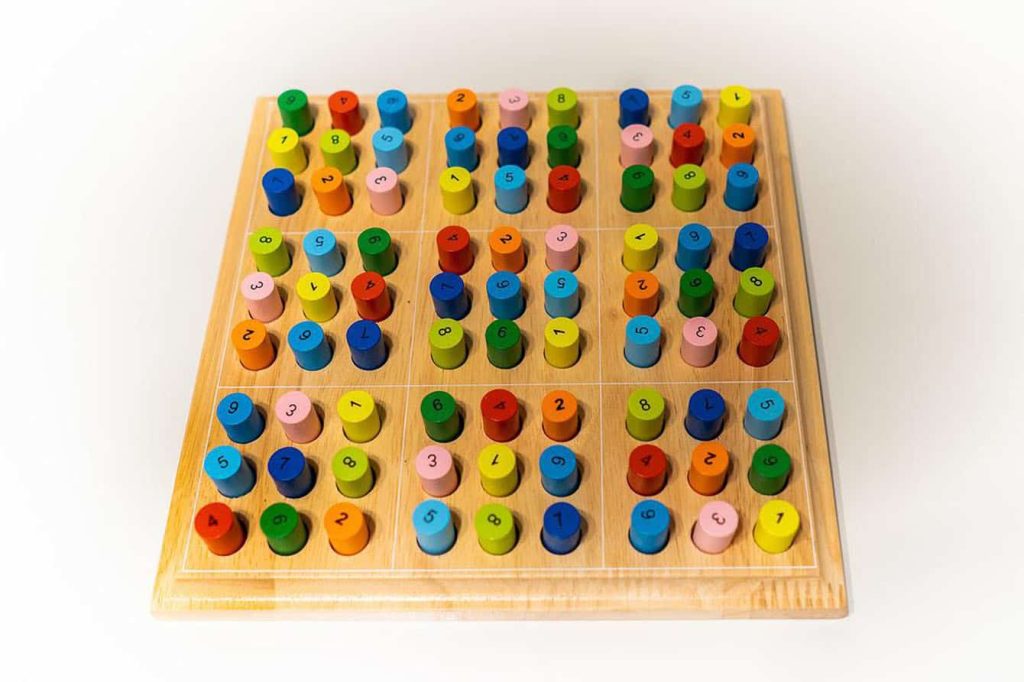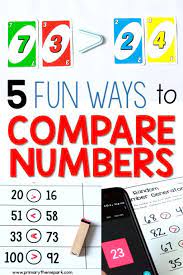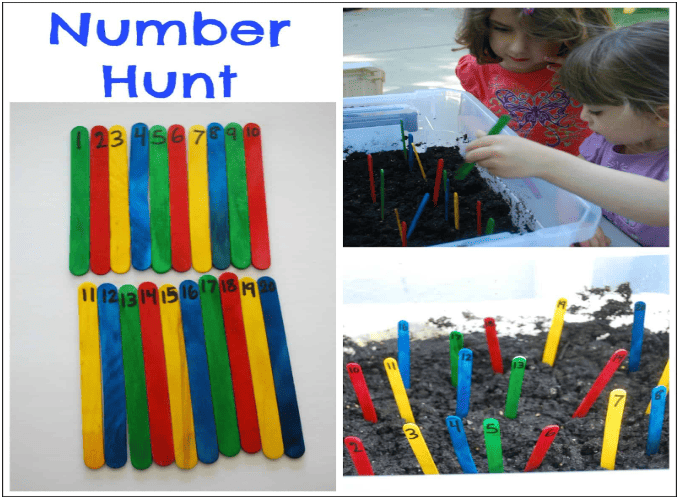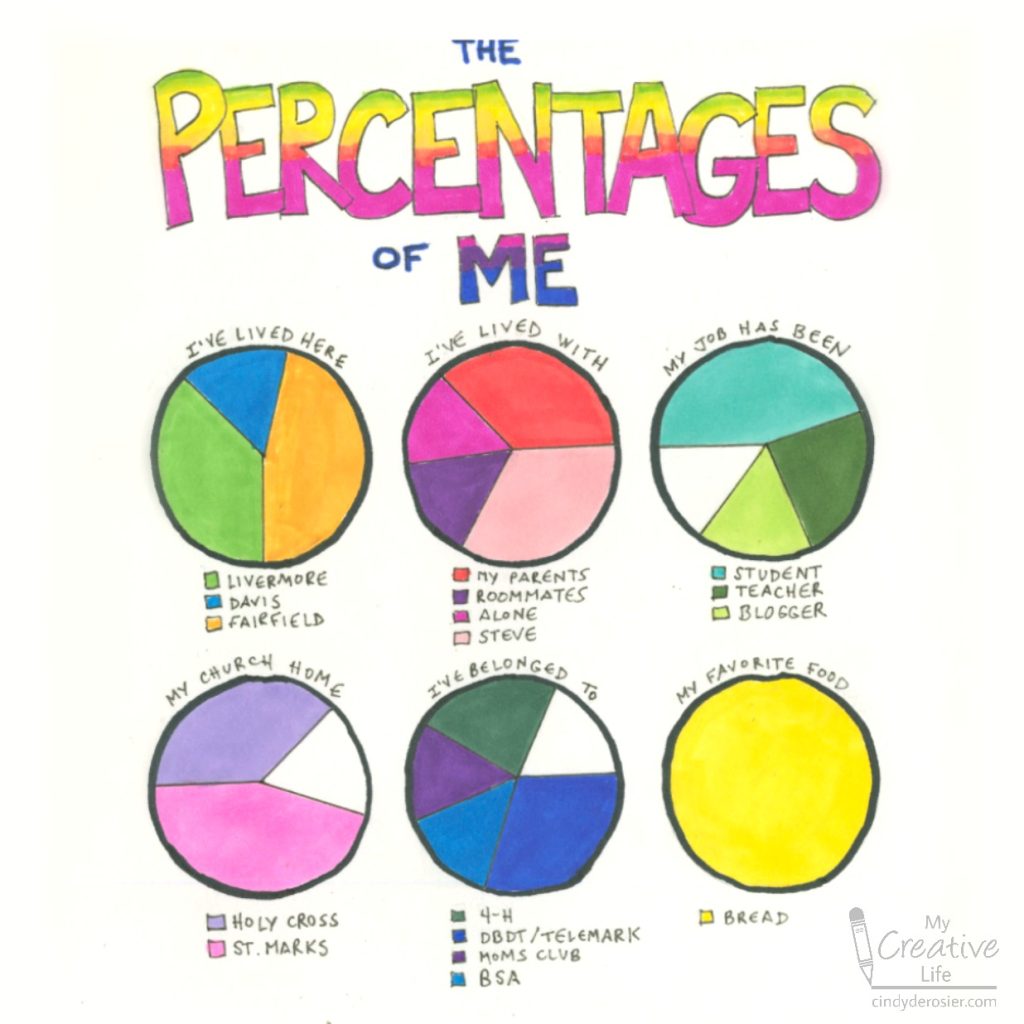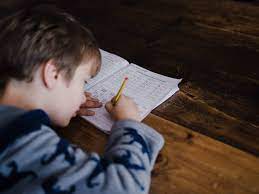Introduction:
Colorku is an innovative and enjoyable way to keep the brain engaged while having fun. An adaptation of the popular Sudoku game, it combines logic, problem-solving, and creativity by replacing numbers with colorful marbles. As education experts recommend integrating Colorku into classroom activities, we have compiled a list of 20 enjoyable Colorku games suitable for all grade levels.
1. Colorful Beginnings: Introduce young learners to Colorku by showing them how to replace numbers with colors, making it visually appealing and interactive.
2. Pattern Pursuit: Encourage students to identify patterns using colored marbles and sequence them accordingly on the Colorku board.
3. Color Mix-up: Shuffle the colored marbles and challenge students to rearrange the marbles according to their specific color groups.
4. Race Against Time: Set a timer and see how quickly learners can complete a Colorku puzzle while maintaining their focus.
5. Memory Match: Have students observe an already completed puzzle for a short time before removing several marbles and asking them to place the missing marbles correctly.
6. Teamwork Triumph: Pair students or create small groups to work together in solving a Colorku puzzle, promoting communication and teamwork skills.
7. Puzzle Swap: Once learners have completed their puzzles, ask them to swap with classmates and verify each other’s solutions for a peer-review exercise.
8. Color Crossover: Challenge learners to switch between sudoku and Colorku to encourage cognitive flexibility.
9. Creative Challenges: Modify traditional Sudoku rules by altering puzzles or creating unique shapes within the grid that players must fill using marbles of different colors.
10. Having Difficulty?: Incorporate hints or give learners access to partially solved puzzles depending on their grade level or proficiency.
11. Scaling up Complexity: Increase puzzle complexity gradually by adding more colors or expanding the board size.
12. Speed Race Relay: Form relay teams in which each team member solves a portion of a puzzle before passing it along, developing collaborative and time management skills.
13. Blindfold Puzzle: Teach students to visualize and strategize by having them recall and complete a previously solved puzzle from memory.
14. Puzzle Creation: Challenge learners to design their Colorku puzzles, enabling creative expression and critical thinking.
15. Timed Challenges: Set up time-specific goals for various levels of difficulty, fostering healthy competition amongst students.
16. Noisy Colorku: Add an auditory aspect to the game by assigning each colored marble a different sound or musical note – combining music with problem-solving.
7. Color Association: Use colored marbles to reinforce understanding of color combinations (ex. blue + red = purple) or represent mathematical operations (addition, subtraction, etc).
18. Storytelling Through Colorku: Have learners create an imaginative story based on the patterns, colors, and sequence of events they develop through solving a puzzle.
19. Artistic Flair: Encourage students to design custom-Colorku boards with craft materials, integrating creative expression into gameplay.
20. Battle of the Boards: Organize Colorku competitions between individual students or groups to sharpen their problem-solving skills in a stimulating environment.
Conclusion:
The versatility of Colorku ensures that it provides a fun yet cognitively challenging experience for all grade levels. Integrating these games into the classroom will enrich the learning environment, enhancing cognitive abilities such as logical thinking, pattern recognition, and problem-solving skills in a colorful and engaging way.
